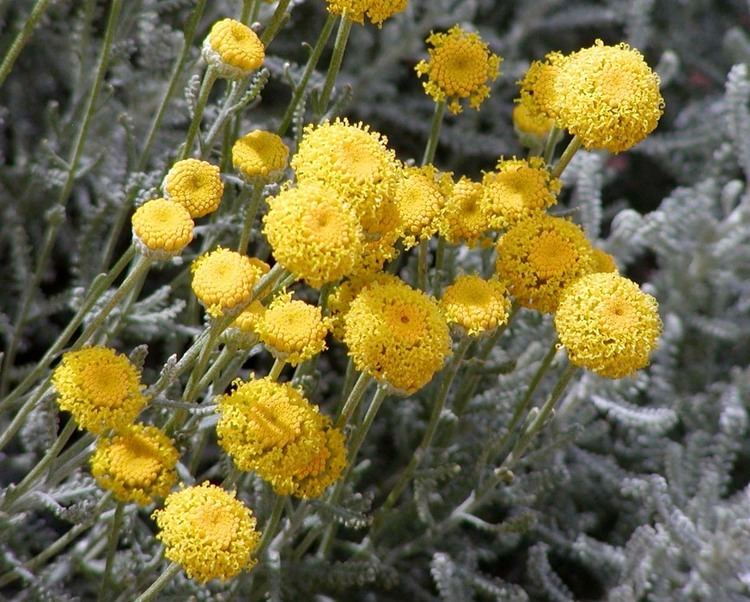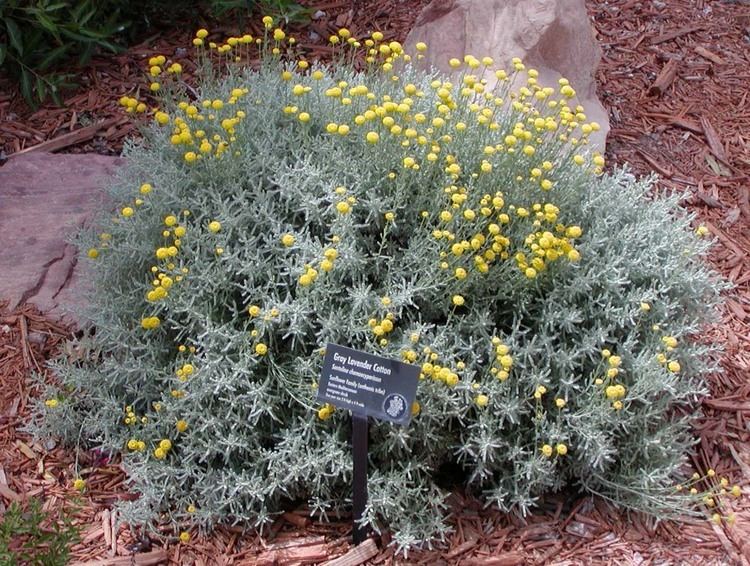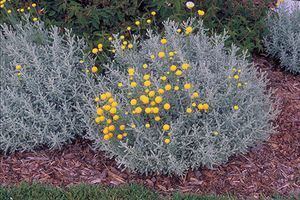Tribe Anthemideae Rank Species | Higher classification Santolina | |
 | ||
Scientific name Santolina chamaecyparissus Similar Santolina, Santolina rosmarinifolia, Daisy family, Southernwood, Teucrium | ||
Lavender cotton santolina chamaecyparissus
Santolina chamaecyparissus syn. S. incana (cotton lavender, lavender-cotton) is a species of flowering plant in the family Asteraceae, native to the western and central Mediterranean.
Contents
- Lavender cotton santolina chamaecyparissus
- Santolina chamaecyparissus
- Nomenclature
- Description
- Cultivation
- Uses
- Pathogens
- References

Santolina chamaecyparissus
Nomenclature

The specific epithet chamaecyparissus literally means "like Chamaecyparis" (cypress), though it is not closely related to that plant. Nor is it closely related to either cotton or lavender, despite its common name "cotton lavender".
Description

It is a small evergreen shrub growing to 50 cm (20 in) tall and broad. Densely covered in narrow, aromatic, grey-green leaves, in summer it produces masses of yellow, button-like composite flowerheads, held on slender stems above the foliage. The disc florets are tubular, and there are no ray florets.
Cultivation

This plant is valued in cultivation as groundcover, or as an edging plant for a hot, sunny, well-drained spot, though it may be short-lived. It dislikes winter wetness.
Numerous cultivars have been produced, of which 'Nana', a dwarf form growing to 25 cm (10 in), has gained the Royal Horticultural Society's Award of Garden Merit.
Uses
Cotton lavender has many potential uses. Most commonly, the flowers and leaves are made into a decoction used to expel intestinal parasites. An oil used in perfumery can also be extracted from the plant. Branches may be hung up in wardrobes to repel insects, and leaves are also suitable for use in pot pourri and in herbal tobacco substitutes. In cosmetics it is used as a tonic.
